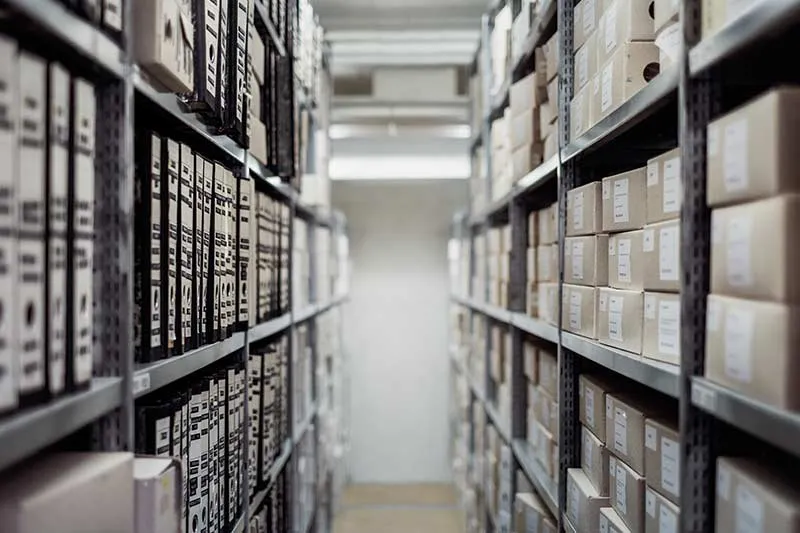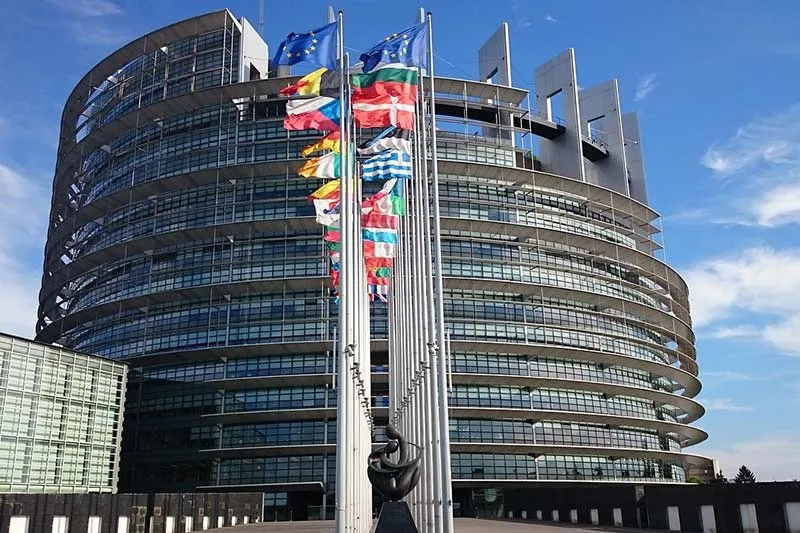Customer Success in the Business-to-Government Ecosystem

As a reader of the Userlane blog and someone who is interested in customer success, you probably already know that this particular discipline is mostly found in business-to-business sector where companies sell their products or services to other companies. Of course, there are some forward-thinking business-to-customer companies who are trying their hand at customer success, but for the most part, it is a B2B kind of a game.
This article, however, deals with the third road that some companies take where they do business with various government departments, institutions, agencies, and organizations. This is the business-to-government sector and this article will provide a number of reasons as to why companies that operate in the B2G sector have to start doing customer success if they haven’t already.

Table of Contents
Business-to-Government Basics
In order to understand the pertinence of customer success in the business-to-government ecosystem, it would probably be a good idea to introduce this particular sector for the readers who may not have much experience with it.
Definition
In essence, governments often have jobs that need to be done or items that need to be sold that cannot be handled by their regular employees or that are not covered by their regular budgets. They handle these through government contracts that companies bid on and that vary greatly in their value and length.
For example, instead of hiring custodial staff at each and every one of the city’s libraries, the city of Munich might sign a contract with an independent janitorial company which will provide cleaning services for all of the libraries, for a certain period of time. The state of Nebraska in the United States might hire an outside company to update their school system’s computers since they do not employ experts who could handle such a huge job.

Figures
In the European Union, almost 15% of GDP, or almost two trillion euros is spent by over 250,000 authorities on procuring goods and services this way, with Germany, France, Spain, Italy, Poland and the UK (this will change) making up for 75% of public procurement. In the United States, the federal government alone spent more than $460 billion in 2016.
In short, this is huge money.
Complexity
It should be pointed out that, even though governments around the world and especially in the EU are doing their best to make the bidding processes simpler and easier for companies, it is still a veritable minefield of legal work, regulations and sheer paperwork.
For example, this framework of legal directives is merely a starting point for European companies that wish to bid for EU government contracts. A little bit of research (just following the links available on this page) will soon uncover this impossibly complex and intricate system which is really a necessity considering the amount of money spent by the EU government. Bidding for lower-level government contracts in individual countries in Europe is no less complicated, although there are huge differences in how this is handled.

Even in the United States which is traditionally less bureaucratic and more business-friendly, competing for government contracts is still a serious undertaking. Regardless of whether a company competes for federal or state contracts, it has to jump through innumerable loops, providing all kinds of proof they will get the job done (for example, in form of performance bonds).
Still, the sheer size of the contracts and the stability such contracts provide for a winning company make government contracts an exciting proposition. Considering the fact that we are seeing an increase in the rate of government contracts that have to do with providing certain services (as opposed to purchasing products), SaaS companies which had never considered government contracts before are now starting to look into contracts that they might bid for, either on a national level, a more local one or even an international in the case of EU companies.
So, where does customer success fit in and how can it help?
Idiosyncratic B2G User Base
The business-to-government sector differs from the B2B one in a number of aspects and one of the most obvious differences is in the end-user base.
Namely, whereas in the B2B ecosystem, the end users are professionals who are used to working with modern SaaS solutions and whose jobs entail being able to adopt new software, in government organizations, due to legacy issues, the users have usually spent the majority of their careers working on seriously outdated software and they find it difficult to adopt newer solutions.

In such an environment, the usefulness of customer success efforts is more than obvious. With CS support, people who work for the government are more likely to have positive experiences with a product or a service. Once the inevitable reviews start rolling in, services and products supported by customer success are more likely to be described as useful and beneficial. This will go a long way towards renewing government contracts and winning new ones.
Taking on Established Competition
One of the main factors that drive decision making in government procurement is avoiding risks. Government agencies have to worry about something companies do not have to – politics. Namely, if a government agency makes a bad decision when choosing a company for a contract, they have to answer to their voters and, as a result, government decision-makers are extremely risk-averse.
The end result of this is that they keep on doing business with the same old companies, despite the fact that another company may offer more. This is why it is often difficult for new companies to break through and carve a space on the B2G market for themselves, especially if they are smaller enterprises.

A customer success team that collaborates with the marketing people and the c-suite can be a huge difference maker here, fleshing out all the potential benefits for the government agency in question and better explaining unique selling propositions that make their product or service a superior choice.
Often times, the established dinosaurs in the B2G sector will not even feature customer success teams and the mere presence of one can set a company apart from the competition and hopefully lead to a positive decision for the company.
Closing Words
As the number of SaaS companies that are trying their hand in winning government contracts is rising, the competition is getting stiffer. A professional and hard-working customer success team might just be the factor to influence a decision. Considering how complex the bidding process is and how much hard work goes into actually winning contracts, the value of customer success in the business-to-government sector only increases.
| Guest Author: James D. Burbank has spent almost two decades in the world of brand promotion and international trade show industry. Together with some friends, he runs a business-oriented blog called BizzMarkBlog. [spacer height=”20px”] |
Interested in knowing more about digitalization? Check our business report on digital transformation, its rules, stages, and the software solutions that enable or facilitate the process.

